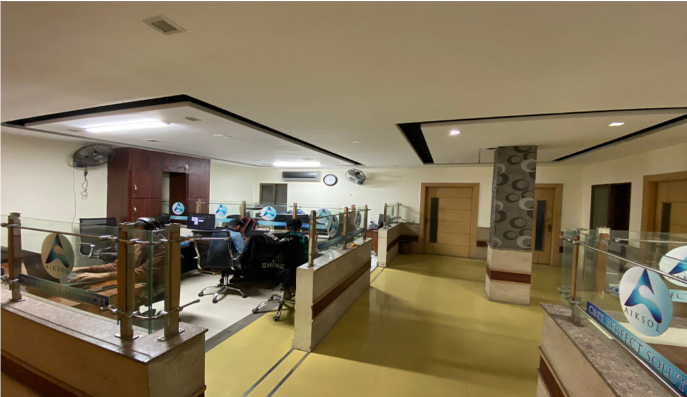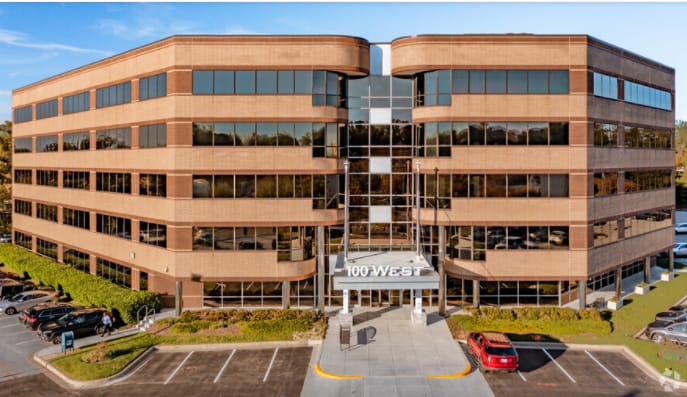Enterprise Resource Planning (ERP)
11 November, 20201. Financial Accounting
- Landed Cost Tracking
landed cost tracking software allows you to account for all costs associated with getting inventory to your warehouse — your true inventory costs. Track as many landed costs as you require — there is no practical limit. Common landed costs include: duty, brokerage, freight, insurance, storage and many more.
- AR/AP, General Ledger, Bank Management etc.
- General Ledger (G/L) – Including Accounts receivable and payable histories.
- Chart of Accounts (COA)
- Balance sheet
- Profit/loss statement
- Trail balance
- Multi-Currency
Multi-currency pricing (MCP) is a financial service which allows businesses to price goods and services in a variety of foreign currencies, while continuing to receive settlement and reporting in their home currency.
2. Supply Chain Management or Distribution
- Warehouse Shipping and Inventory Management
- Barcode scanning
- Print picking and packing slips, and shipping labels
- Manage RMAs-- A return merchandise authorization, return authorization or return goods authorization is a part of the process of returning a product to receive a refund replacement, or repair during the product's warranty period. Both parties can decide how to deal with it, which could be refund, replacement or repair.
- Shipping history.
- Inventory updated in real time upon receipt.
- Warehouse Management
- Multiple warehouse locations
- Consolidated pick slips
- Tracking of bin/shelf plus overflow locations
- Ability to print shipping labels
- Pick/pack/ship workflow management
- Generate master shipment and specific box (within a shipment) tracking
- Barcode verification scanning
- Shipping box/container history
- Benefits of Barcode Inventory Management (Mobile)
- More efficient picking, Mobile barcode scanning allows you to identify picking errors at the source, thus eliminating the time spent finding and correcting errors when back at a packing station.
- Aids in achieving a paperless warehouse, With mobile barcode scanning, electronic pick slips can be opened and displayed on the device according to a predetermined status (such as ready to be picked).
- Easy inventory lookup.
- Easy-to-use technology.
- Traceability (Lot Tracking)
- Track internal and external lot numbers
- Pre-assign lot numbers to facilitate FIFO methodology which allows for shipping earlier expiry dates first
- Manage best before and expiry dates
- Simplify product recalls and warnings
- Auto-generate lot numbers if desired
- Track as many or as few items as needed
- Optionally print lot numbers on packing slips or invoices
- Allows for accurate margin calculations when a single stock keeping unit (SKU) is used for special one-time purchases
- Track product end-to-end from your supplier to your warehouse and ultimately to your customer

3. Manufacturing Resource Planning
Manufacturing work very closely with SCM, sometimes acting as a slimmed down set of tools if you choose to omit an SCM module. For instance, if you don’t deal with manufacturing or the logistics chain, you still need to know how much stock you have, not only for order fulfillment, but also so you know how much space you have left for incoming inventory.
Main functionality includes:
- Invoicing
- Shipping
- Sales order management
- Stock level tracking
- Inventory receipt processing
4. Human Resource Management
This module features following functionalities:
- Time tracker
- Employee records
- Job profiles
- Skills matrix
- Performance reviews
- Payroll systems: closely integrated with the financial management module to manage wages, travel expenses, and reimbursements
- Training or Learning Management System (LMS)
5. Customer Relationship Management
The CRM module helps you to boost customer service and, eventually, profit per capita. It manages leads, opportunities, and customer issues. CRM is closely integrated with the Sales module to fast track conversions.
There are three main modules in CRM: Marketing, Sales, and Services.
- Sales
Sales module provides tools to successfully manage the sales process, access to potential contacts in real time, and to identify potential customers.
- Lead and opportunity management
- Account and contact management
- Territory and sales quota management
- Forecasting and sales analytics
- Offline and mobile device access
- Quick access to products, pricing, and quotes
- Service
Service module enables management and monitoring services that are provided to clients within the organization, ensuring customer service representatives maintain a consistent system of support.
- Account and contact management
- Case and interaction management
- Incident routing and queuing
- Product and contract management
- Knowledge-base management
- service scheduling
- workflow across teams and groups
- service reporting and analytics.
- Marketing
Marketing module enables:
- Customer segmentation
- Campaign planning and execution
- Data extraction and cleansing
- Analytics and reporting
- Marketing/sales collaboration tools
- Information sharing portals





 by
by